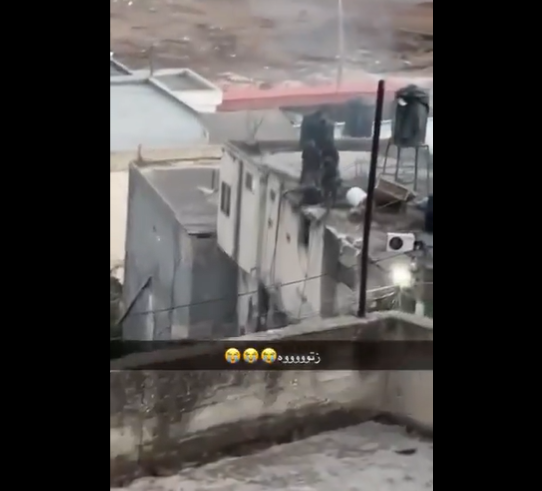Not long after, a bulldozer arrives, indifferent and mechanical, clearing away the bodies as though they were just debris. The Israel Defense Forces (IDF) called it a “serious incident,” a phrase that rings hollow to those who have lost their kin. The investigation, they claim, is already in motion, but the people of Qabatiya? They are left with anger, a deep simmering one, that such actions could be carried out under the name of security.
Seven people lost their lives that day. The official story offered by the IDF is one of militants and firefights, drones, and strikes. Four, they say, died in an exchange of gunfire, and three others after a drone attack. But the focus here isn’t on the bodies lying still… it’s on how they were treated in death—disregarded, discarded, dehumanized.
The rules of war, the laws etched into international agreements, make it clear—bodies, no matter whose, must be treated with dignity. But on that rooftop, dignity was nowhere to be found. Palestinian officials have labeled the act for what it was—a brutal display, one that strips away the pretense of military necessity and lays bare something uglier. It was more than a misstep—it felt intentional, like a message written in violence.
A journalist on the ground in Qabatiya spoke of chaos… soldiers encircling a building, trapping four men inside. They made it to the roof, scrambling for safety, only to meet sniper fire. The shots ended lives quickly, but the aftermath—the bodies falling, the bulldozer’s cold hands—will leave scars much deeper. And yet, when questioned, the IDF repeated the same words… this wasn’t who they were, this wasn’t what they stood for.
Among the dead, Shadi Zakarneh’s name looms large. The IDF quickly identified him as a key player in militant circles, the mastermind behind attacks. But in Qabatiya, he was a man with a story, not just a name in an official press release. His death, like those before him, would become part of the fabric of this relentless conflict.
The Palestinian Ministry of Foreign Affairs spoke out swiftly, calling it a crime—unafraid to point fingers, unafraid to name the cruelty. Their words echoed across social media, tracing the contours of an ongoing brutality. John Kirby, speaking from the halls of the White House, didn’t mince words either. The footage, if real, disturbed him deeply. Professional soldiers, he said, don’t act this way.
This tragedy, of course, is not isolated. The West Bank is a land torn open, a place where conflict ebbs and surges like the tide. Since the attack by Hamas on October 7, violence has flared, with over 690 Palestinians killed in the West Bank alone. Israel’s raids, almost a daily occurrence, are justified as necessary to stem further bloodshed. But for every raid, every strike, the body count rises. And in Gaza? That count has soared to over 41,000—numbers that stagger the mind but barely begin to capture the human toll.



